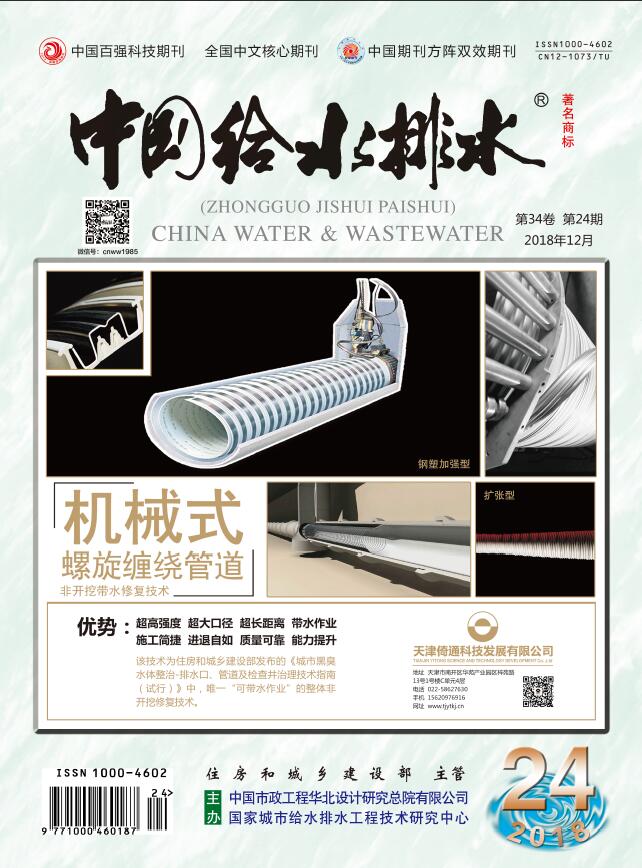WANGXiang,XUHan-ling,CHENJi-yi,et al.Mathematical Simulation and Case Analysis of Collaborative Reduction of Pollution and Carbon Emissions in Urban Wastewater Treatment Plants under Perspective of Carbon Neutrality[J].China Water & Wastewater,2025,41(13):49-55.
Mathematical Simulation and Case Analysis of Collaborative Reduction of Pollution and Carbon Emissions in Urban Wastewater Treatment Plants under Perspective of Carbon Neutrality
China Water & Wastewater[ISSN:1000-4062/CN:12-1073/TU]
volume:
第41卷
Number:
第13期
Page:
49-55
Column:
Date of publication:
2025-07-01
- Keywords:
- carbon neutralization; activated sludge model; A2O; MBR; accounting method; reduction of pollution and carbon emissions
- Abstract:
- As one of the top ten CO2 emission industries in the world, how to achieve collaborative reduction of pollution and carbon emissions of the wastewater treatment plants has become an important topic to promote low-carbon emission reduction process in China. In this study, the activated sludge dynamic model combined with the factory-level carbon accounting method of urban sewage system was used, and a wastewater treatment plant (WWTP) in southern city was taken as an example to analyze how to achieve energy saving and carbon emission reduction under the condition that the water quality meets the standard. The results showed that the process model of a WWTP was established by using BioWin software, and the error between the simulated results of effluent COD, NH3-N, TN and TP and the measured results was small. When the reflux ratio from the aerobic tank to the anoxic tank was 225%, the reflux ratio from the MBR tank to the aerobic tank was 200%, and the dissolved oxygen concentration in the aerobic tank was 2 mg/L, the effluent concentrations of ammonia nitrogen and TP could be decreased, and the energy consumption could be reduced, which was estimated that the electricity cost would be saved by 307 500 yuan per year. At the same time, the optimized process conditions were expected to reduce the annual carbon emissions of 405.73 t CO2, and achieved a comprehensive carbon emission reduction of 3.5% within the plant boundary,and pollutant reduction carbon emission intensity was reduced. To achieve the goal of carbon peak and carbon neutralization, the mathematical simulation technology should be adopted in WWTPs to explore the best working conditions, balance the effluent quality and energy and drug consumption costs, and provide technical support for realizing the synergistic effect of pollution reduction and carbon reduction in wastewater treatment plants.
Last Update:
2025-07-01

